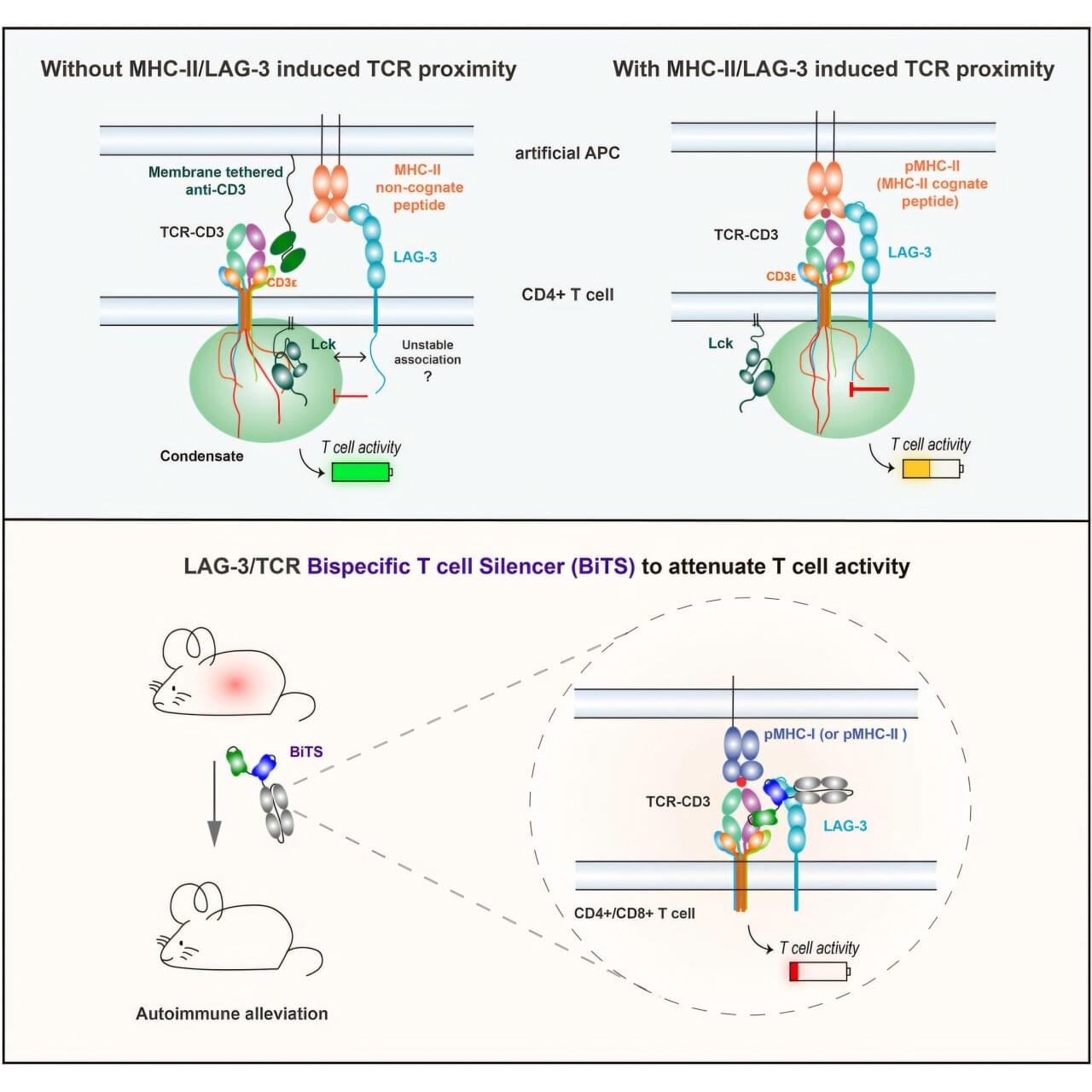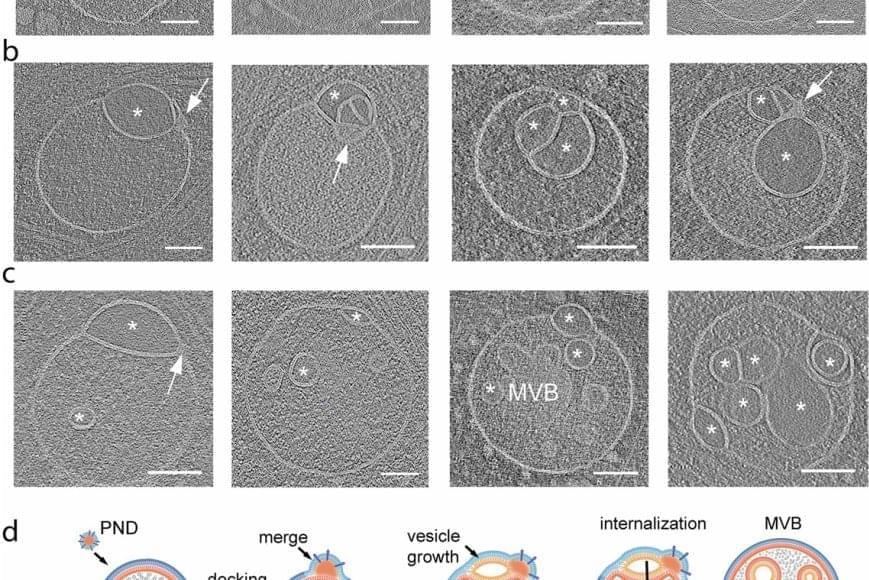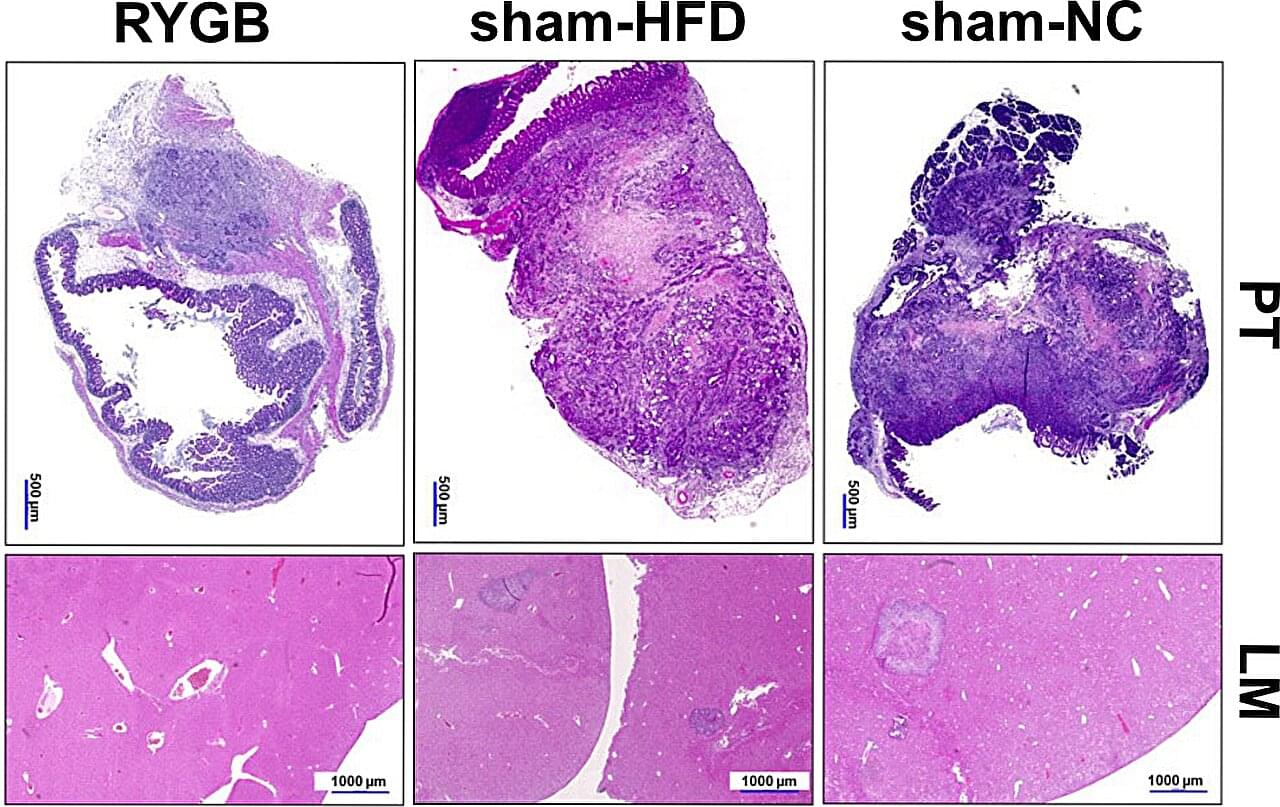Satyendra Nath Bose FRS, MP [ 1 ] (/ ˈ b oʊ s / ; [ 4 ] [ a ] 1 January 1894 – 4 February 1974) was an Indian theoretical physicist and mathematician. He is best known for his work on quantum mechanics in the early 1920s, in developing the foundation for Bose–Einstein statistics, and the theory of the Bose–Einstein condensate. A Fellow of the Royal Society, he was awarded India’s second highest civilian award, the Padma Vibhushan, in 1954 by the Government of India. [ 5 ] [ 6 ] [ 7 ]
The eponymous particles class described by Bose’s statistics, bosons, were named by Paul Dirac. [ 8 ] [ 9 ]
A polymath, he had a wide range of interests in varied fields, including physics, mathematics, chemistry, biology, mineralogy, philosophy, arts, literature, and music. He served on many research and development committees in India, after independence. [ 10 ] .






